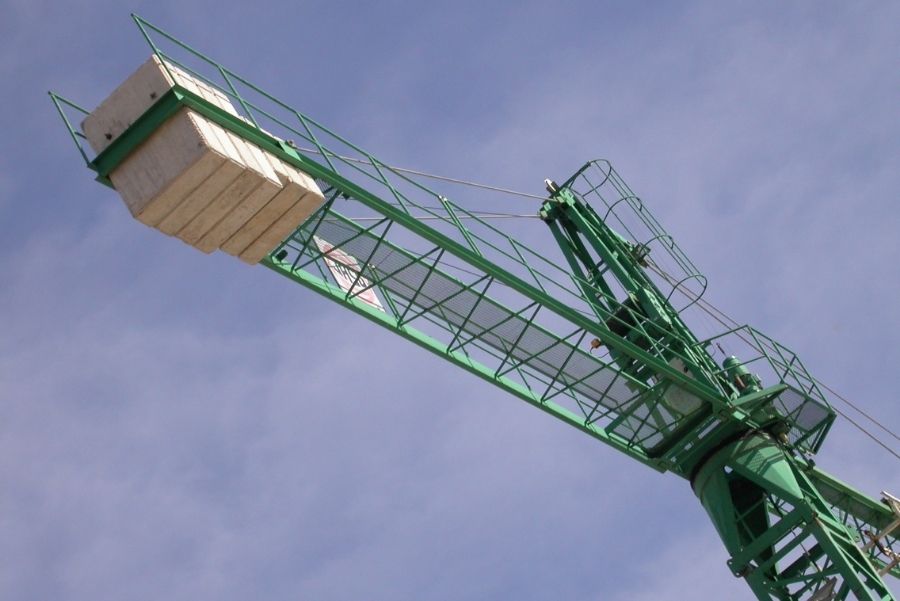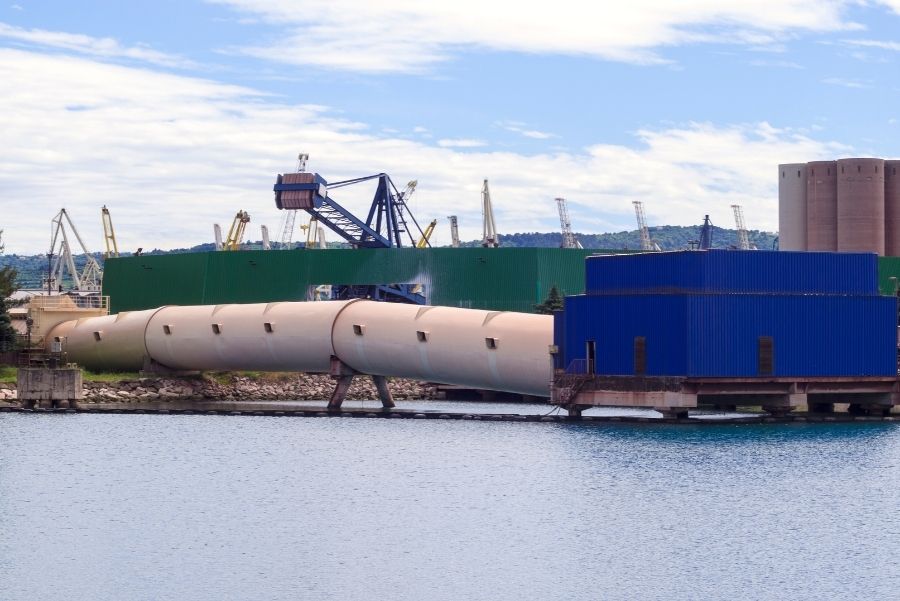Evaluation is an essential step in the industry before making any further decision about the business. It determines the program’s efficiency like how much a system works and is produced during a specific period. Based on the evaluation, certain new policies can be implemented to gain more benefits in terms of profit from the system.

Evaluation score determines whether that system is sustainable, can be used for an extended period, or needs some modifications. Here we will discuss how to evaluate material handling system we will discuss various approaches that are being used for analysis:
Using Multi-Attributes Decision Approach
In this approach, different attributes are being used for the analysis and evaluation of material handling systems. Details involve the labour cost, work done, inventory cost, product quality and quantity, unit installation and maintenance cost, physical space occupied by the processing unit, and flexibility of the system.

This approach will consider all the mentioned above parameters in terms of calculation and methodology adaptation. The outcome may be in the form of a graph describing investment cost and producing output in terms of profit margin. Let say an organization invests 1 billion in the overall set up at the end of the month that organization will consider all the attributes and evaluate the material handling system in terms of performance and calculate its net profit.
Comparing a differently designed system
Comparative contrast can provide vital insights into the evaluation of material handling systems. We have two different material handling methods; one is working more efficiently while the other is lagging. Here the difference will highlight its performance and differentiate it from another system in terms of performance, flexibility, and output.

Simulation Approach
It is a technology used to evaluate material handling systems such as robots, automated guided vehicles and electrified monorail systems. It is a tool used for the analysis of the system. Here the system model is constructed in software, and it is tested for various aspects and functions. All the equipment used in material handling systems is visually assembled on software using a personal computer, and then visuals are checked for its compatibility, durability, and feasibility. Companies like Bathroom Renovations Newcastle used a system like this to optimize their process.
In the past, engineers only used this approach. It is now implemented in every development sector to forecast the system output before starting and after some working period. Following are some possible benefits of using the simulation approach:
- Risk Analysis
- Changes required
- Capability test
- Cycles per minute
- Staff required
- Prevent Future Mistakes
- Aids Require
- Compatibility of business with the system
- Opportunity to experiment with different parameters

Analytic Hierarchy Process (AHP)
Those which are very complex, intriguing perrons though. AHP helped there. It uses math techniques for analysis. Thomas L.Saaty introduced it in 1970. It has three key components:
- Ultimate aim/goal
- Possible Solution
- Alternative
A material handling system will help the organization find out the problem that is causing hindrance in their design and will finally look for a possible solution and suitable alternative. The main aim of this approach is to help in determining the right material handling system for the organization.
Mostly high standard or multinational companies utilize this approach but in rare cases. AHP approach also boosts employee confidence as every aspect is considered in this approach.
In terms of time
The system can be evaluated in terms of time. For instance, if a system works efficiently, giving excellent output in less time means the system is working at its massive capability, utilizing the maximum capacity to provide maximum output. Otherwise, the scenario will be the opposite.
Contrast Gadget Ability
It is a kind of comparison between organizations using the same equipment for material handling systems. Evaluation can be done by comparing the individual performance given by each method at different companies.
Labor and Material
It is known as the Material Handling Labor Ratio (MHL). Here labour efficacy will be calculated in terms of material. Like how much labour worked with a specific quantity of material. Like the individuals assigned as a workforce for a particular fabric.
MHL = Personnel assigned to materials handling / Total operating workforce
DLHL = Materials handling time lost of labour / Total direct labour time
Conclusion
Above were some evaluation methods for the material handling system. Those are several methods; there are many other methods. Choice of method selection depends upon organization framework and style of work.
Every organization has its sets of rules, as every individual is different. Similarly, the organization also varies in management and regulation, the technology used and labour employed. But, one can utilize the approaches mentioned above if these are compatible with your material handling system.
